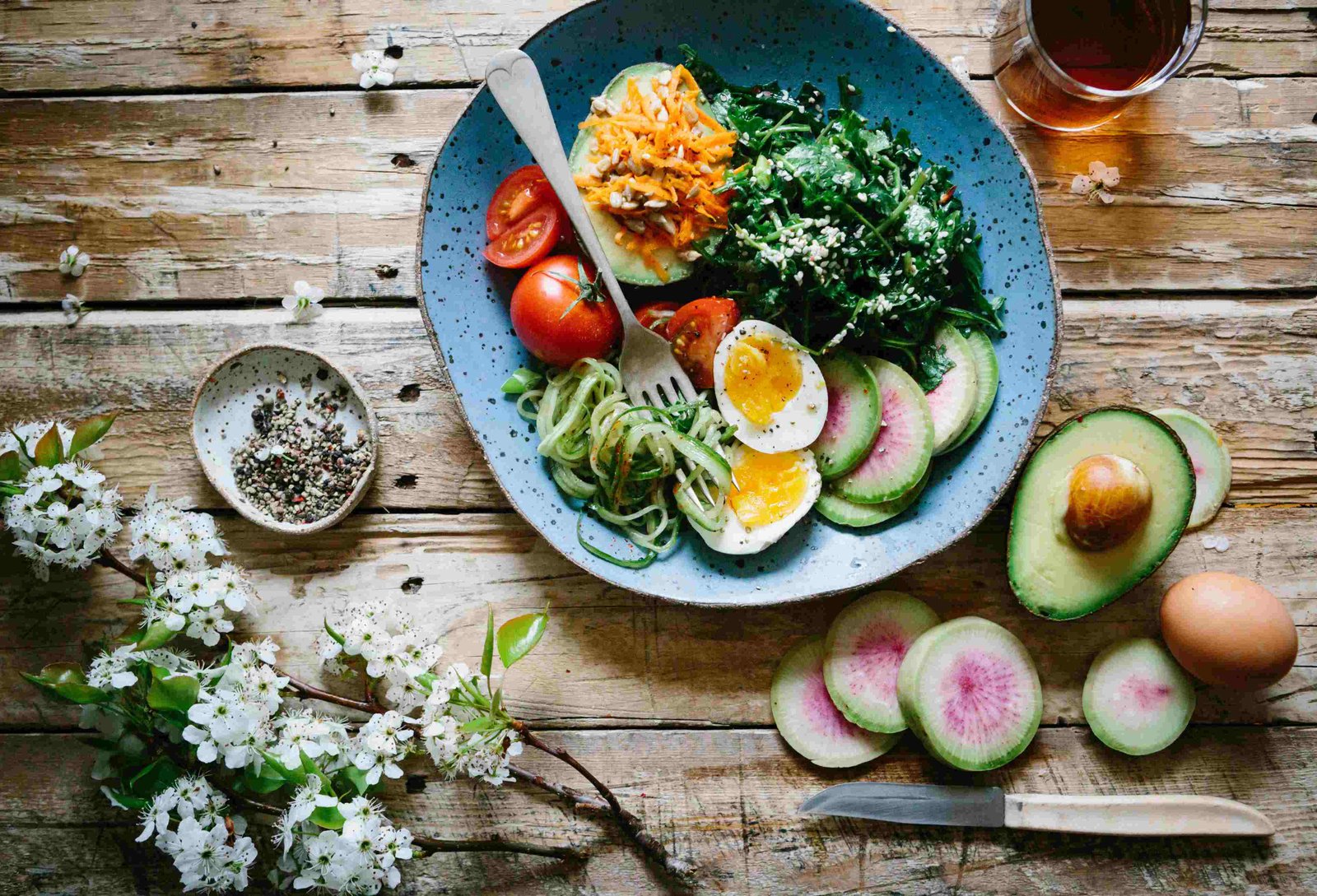
The Components Of A Balanced Diet Chart
A balanced diet chart for weight loss is not about deprivation; it’s about making informed choices that support your health objectives. It involves incorporating a variety of nutrient-rich foods that offer essential vitamins, minerals, proteins, healthy fats, and carbohydrates in the right proportions. Striking this balance is key to achieving weight loss while ensuring your body’s nutritional requirements are met.
Proteins: Building Blocks for Health
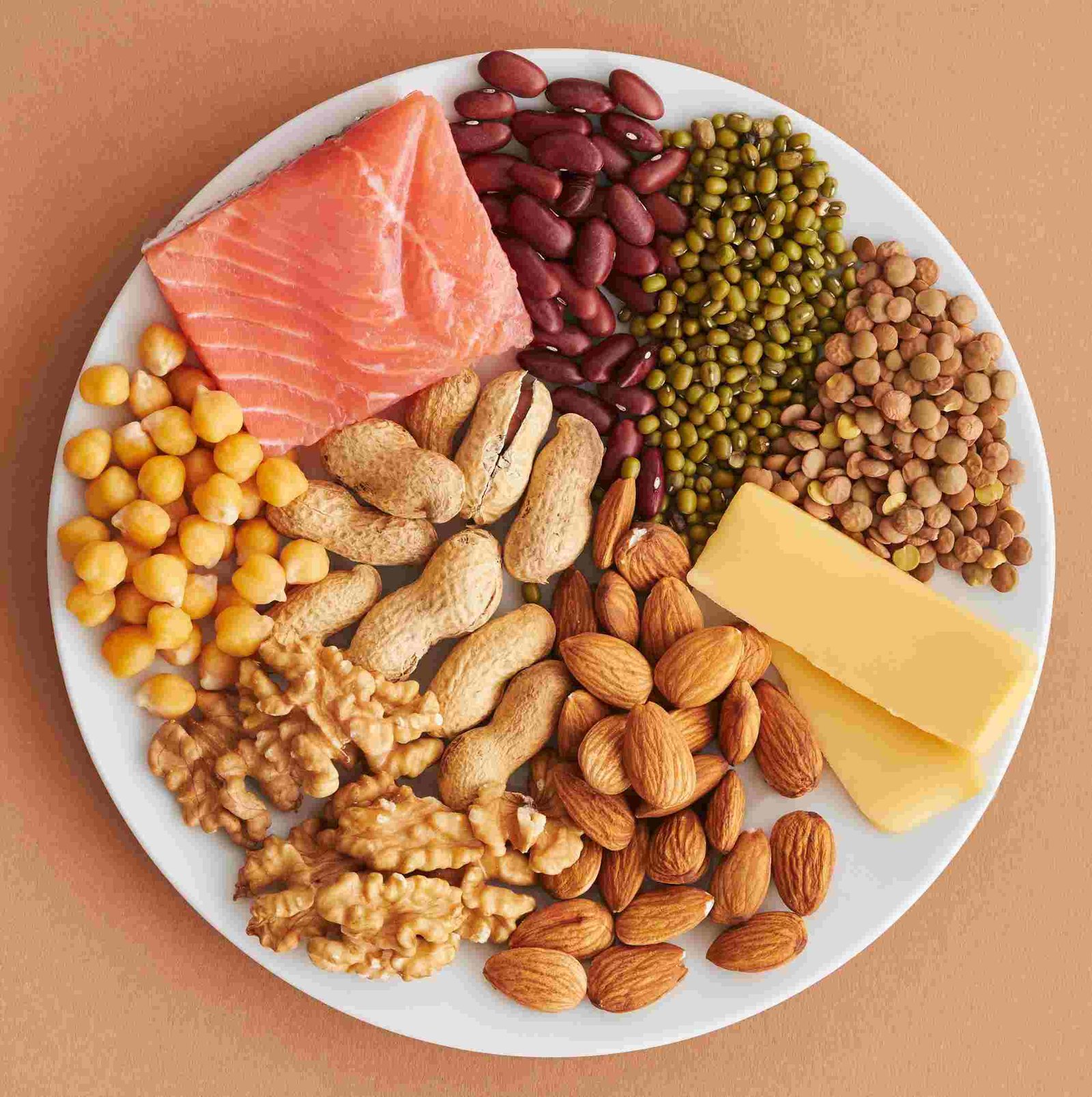
Proteins, the fundamental building blocks of life, play a critical role in repairing tissues, supporting immune function, and synthesizing hormones and enzymes. In a balanced diet chart, incorporating sources like lean meats, poultry, fish, eggs, legumes, and dairy products ensures an adequate intake of protein, facilitating cellular repair and growth.
Vitamins and Minerals: Vital Nutrients
Vitamins and minerals are micronutrients that play an indispensable role in various bodily functions. Ensuring a diverse range of fruits, vegetables, whole grains, and nuts in your diet chart provides a spectrum of essential vitamins like A, C, D, E, K, and a myriad of minerals like calcium, iron, potassium, and magnesium, supporting immune function, bone health, and overall vitality.
Healthy Fats: Essential for Vitality
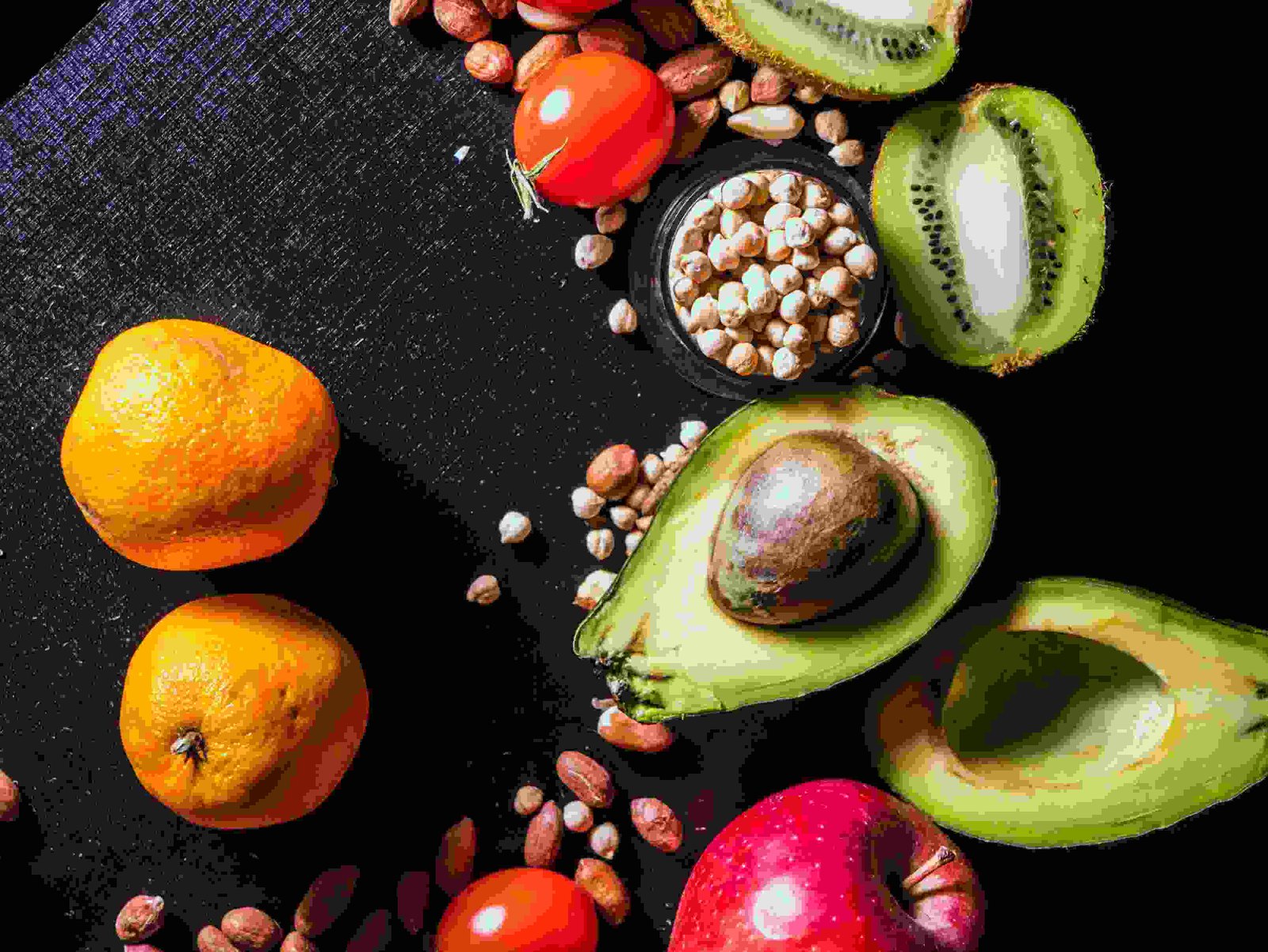
Contrary to popular belief, fats are crucial for overall health. Incorporating healthy fats such as avocados, nuts, seeds, and olive oil in a balanced diet chart aids in nutrient absorption, supports brain function, and maintains healthy skin and hair.
Carbohydrates: Energy Fuel
Carbohydrates are not the enemy: it’s about choosing the right ones. Opt for complex carbohydrates found in whole grains, fruits, vegetables, and legumes, which provide sustained energy release, regulate blood sugar levels, and offer essential fiber for digestive health.
Meal Planning: A Structured Approach
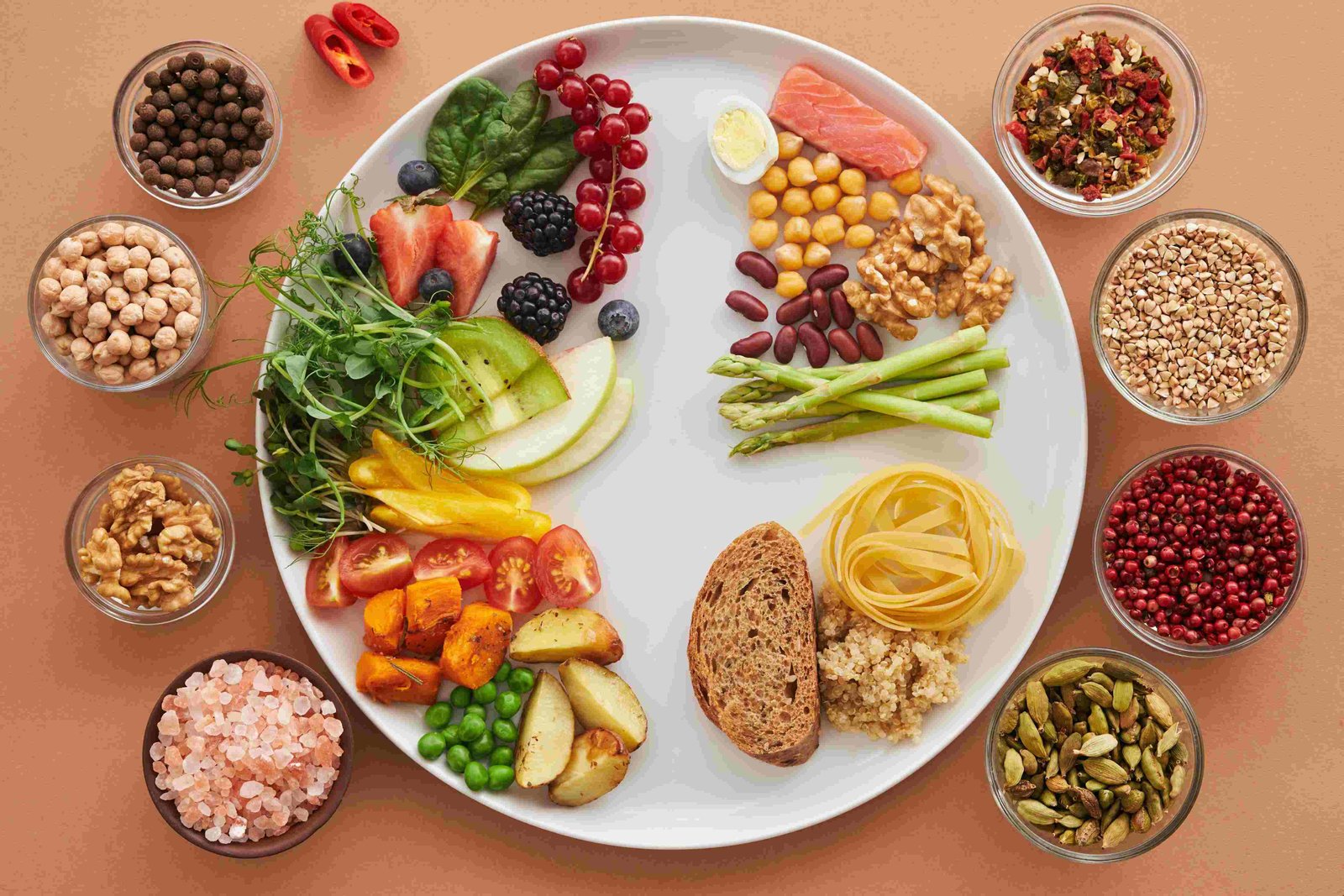
Crafting a balanced diet chart requires a structured meal plan that includes a variety of foods from different food groups. Incorporating diverse choices ensures a wide array of nutrients and prevents monotony.
Crafting Your Balanced Diet Chart
Breakfast:
Kickstart your day with a balanced breakfast that includes protein, whole grains, and fruits. A bowl of oatmeal topped with berries and nuts or a veggie omelet with whole-grain toast can be excellent choices.
Option 1:
Scrambled Egg Whites: Cooked with spinach, tomatoes, and a sprinkle of low-fat cheese for added flavor and protein.
Whole Grain Toast: 1-2 slices of whole grain or whole wheat toast for fiber and sustained energy.
Mixed Berries: A cup of assorted berries (blueberries, strawberries, raspberries) for antioxidants and vitamins.
Greek Yogurt: Opt for plain Greek yogurt, add a drizzle of honey or a handful of nuts for extra taste and protein.
Option 2:
Oatmeal: A bowl of oatmeal made with unsweetened almond milk or water. Add sliced bananas, a tablespoon of chia seeds, and a few chopped nuts for fiber and healthy fats.
Boiled Eggs: One or two boiled eggs on the side for additional protein.
Green Tea: A cup of green tea for its metabolism-boosting properties and antioxidants.
Grapefruit: Half a grapefruit, known for its potential in aiding weight loss.
Lunch:
For lunch, opt for a combination of lean protein, vegetables, and healthy carbohydrates. A quinoa salad with grilled chicken and assorted veggies or a lentil soup with a side of whole-grain bread can make a fulfilling midday meal.
Option 1:
Grilled Chicken Salad: A generous serving of mixed greens (spinach, kale, arugula) topped with grilled chicken breast slices for lean protein.
Vegetable Medley: Sautéed or roasted vegetables like bell peppers, broccoli, and carrots for fiber and vitamins.
Quinoa: A small portion of quinoa or brown rice for complex carbs and additional protein.
Option 2:
Tuna Salad Wrap: Whole grain or whole wheat wrap filled with canned tuna (packed in water), mixed with Greek yogurt instead of mayo, along with chopped celery and onions for crunch and flavor.
Side of Veggies: A side of raw veggies like cucumber sticks or cherry tomatoes for added fiber.
Hummus: A small serving of hummus for healthy fats and extra protein to dip veggies in.
Option 3:
Black Bean Soup: A bowl of homemade black bean soup (without cream) loaded with vegetables like tomatoes, onions, and bell peppers for fiber and protein.
Side Salad: A small side salad with mixed greens, tossed with lemon vinaigrette dressing for freshness.
Sliced Fruit: A serving of sliced watermelon or an apple for a sweet and nutritious finish.
Dinner:
Keep your dinners light yet nutritious. Grilled fish with roasted vegetables or a tofu stir-fry with brown rice are examples of well-balanced dinner options.
Option 1:
Grilled Fish: A portion of grilled salmon, trout, or cod for omega-3 fatty acids and lean protein.
Steamed Vegetables: A mix of steamed broccoli, asparagus, and green beans for fiber and vitamins.
Quinoa or Sweet Potato: A small serving of quinoa or a baked sweet potato for complex carbs and additional nutrients.
Option 2:
Turkey or Veggie Stir-Fry: Stir-fry turkey strips or a variety of colorful vegetables (bell peppers, mushrooms, snap peas) in a light soy sauce or teriyaki sauce for flavor.
Brown Rice: A serving of brown rice or cauliflower rice as a base for the stir-fry.
Mixed Greens Salad: A side salad with mixed greens, cherry tomatoes, and a light vinaigrette dressing.
Option 3:
Grilled Chicken Breast: Seasoned grilled chicken breast with herbs and spices for protein.
Roasted Root Vegetables: Roast a combination of root vegetables like carrots, parsnips, and beets for a hearty side.
Quinoa Salad: A refreshing quinoa salad with cucumber, cherry tomatoes, and a lemon-herb dressing.
Important Tips For Weight Loss
- Drink plenty of water throughout the day. Thirst is sometimes confused with hunger.
- Portion control is crucial; avoid oversized servings.
- Keep an eye on what and how much you consume. Avoid distractions while eating and chew your food slowly.
- Incorporate regular physical activity into your routine for better results.
- Stress can lead to emotional eating. Practice relaxation techniques like yoga or meditation to manage stress levels.
- Cut down on processed foods, sugary beverages, and snacks. Opt for whole, unprocessed foods instead.
- Insufficient sleep can disrupt your hormones and lead to weight gain. Aim for 7-9 hours of quality sleep per night.
- Weight loss takes time and consistency. Don’t get discouraged by slow progress, and focus on creating sustainable habits.
- Consult a healthcare professional or a registered dietitian before starting any new diet plan, especially if you have specific health concerns or conditions.
Conclusion
Creating a balanced diet chart for weight loss involves a personalized approach, incorporating diverse nutrients while maintaining moderation. By focusing on whole foods, lean proteins, healthy fats, and mindful portion sizes, you pave the way for a sustainable weight loss journey. Remember, it’s not just about the destination but also the path you take to get there.

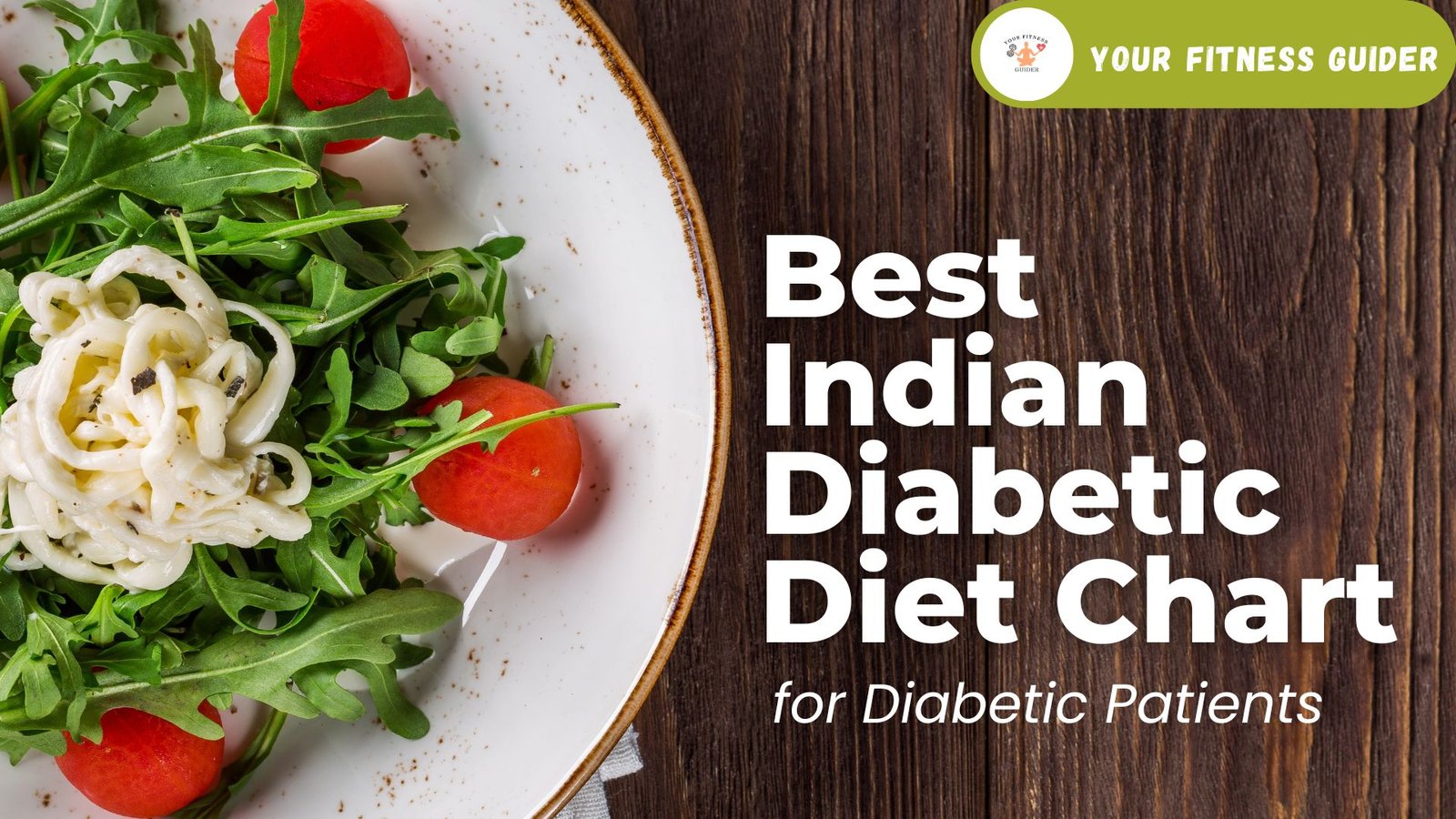


[…] Importance Of Balanced Diet Chart […]